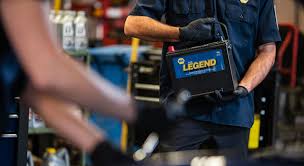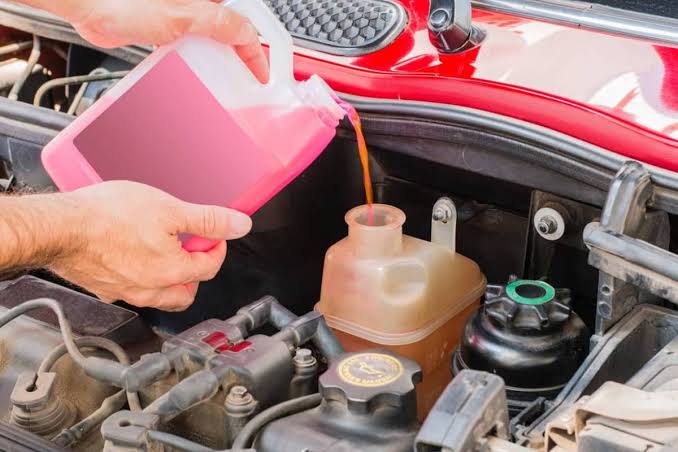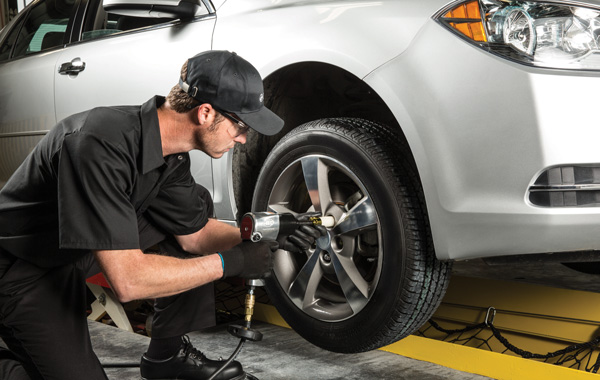Does Coolant Need To Be Changed?

Coolant, also known as antifreeze, plays a crucial role in keeping your car’s engine at the proper operating temperature. It prevents the engine from overheating in hot weather and freezing in cold conditions. But does coolant need to be changed? Yes, it does, and here’s why and how often it should be done to keep your car’s cooling system functioning properly.
Why Does Coolant Need to Be Changed?
Coolant doesn’t last forever. Over time, it degrades, loses its effectiveness, and can even cause damage to your engine if not replaced. Here are some reasons why changing coolant is essential:
1. Prevents Overheating
Coolant helps to maintain an optimal temperature in your engine. As coolant degrades, it loses its ability to regulate temperature, which can lead to overheating, especially during long drives or in hot weather.
2. Protects the Engine from Corrosion
Coolant contains additives that protect the engine’s metal parts from rust and corrosion. Over time, these additives break down, and the coolant becomes acidic. This can cause corrosion inside your engine, leading to costly repairs.
3. Prevents Freezing
In cold weather, coolant prevents the engine from freezing. As coolant degrades, its antifreeze properties diminish, putting the engine at risk of freezing during extremely cold conditions.
4. Maintains the Cooling System’s Efficiency
The radiator, water pump, and hoses in your cooling system depend on fresh coolant to function effectively. Old coolant can cause deposits to form in the system, which may clog passages or cause parts to wear prematurely.
How Often Should You Change Your Coolant?
The frequency of coolant changes depends on the type of coolant in your vehicle and the manufacturer’s recommendations. Generally, it’s advised to change the coolant every 30,000 to 50,000 miles or every 2 to 5 years, but it’s always best to check your vehicle’s owner’s manual for specific guidelines.
Types of Coolant:
There are different types of coolant, including traditional green coolant, orange coolant, and extended-life coolant. The life span of each type varies, with extended-life coolant lasting longer than traditional types. Typically:
- Green coolant (traditional) needs to be changed every 2 years or 30,000 miles.
- Orange coolant (extended-life) can last 5 years or up to 150,000 miles.
Always use the type of coolant specified by your car’s manufacturer to ensure optimal performance.
Signs That Your Coolant Needs to Be Changed
There are a few signs that might indicate your coolant is no longer working effectively and needs to be changed:
1. Overheating Engine
If your engine frequently overheats, it could be a sign that the coolant isn’t able to regulate the engine’s temperature properly. This could be due to old or contaminated coolant.
2. Discolored or Dirty Coolant
Coolant should be a bright, vibrant color (usually green, orange, or pink). If it looks cloudy, dark, or has particles floating in it, it could be contaminated, and a change is necessary.
3. Sweet Smell Inside the Car
Coolant has a sweet smell, and if you detect this odor inside your car, it might indicate a coolant leak. If the coolant is old, it can cause leaks to occur, which means it’s time for a change.
4. Coolant Leaks
If you notice puddles of coolant under your vehicle or a visible drop in the coolant level, this could indicate a leak in the cooling system, or it could mean the coolant is no longer effective.
5. Corrosion or Rust in the Radiator
When coolant deteriorates, it can cause corrosion in the radiator or on the engine’s cooling components. If you see rust or a build-up of sludge inside the radiator cap, it’s time to replace the coolant.
How Is Coolant Changed?
Changing the coolant isn’t a difficult task, but it does require a few steps. Here’s a general overview of how the process works:
1. Drain the Old Coolant
The first step is to drain the old coolant from the system. This is usually done through a petcock valve at the bottom of the radiator. Be sure to dispose of the old coolant properly, as it can be toxic to animals and the environment.
2. Flush the Cooling System (Optional)
Some mechanics choose to flush the cooling system to remove any remaining coolant or contaminants. This step helps to ensure that the new coolant is clean and won’t mix with any residue left from the old coolant.
3. Refill with New Coolant
Once the old coolant is drained, the cooling system is refilled with fresh coolant. Be sure to use the right type and mixture of coolant for your vehicle.
4. Check for Leaks and Test
Once the system is refilled, start the engine and let it run for a few minutes while checking for leaks around the radiator and hoses. If everything looks good, you’re done.
DIY vs. Professional Coolant Change
Changing coolant is a task that can be done by many DIY enthusiasts, especially if you have basic automotive knowledge. However, if you’re not comfortable with the procedure, it’s always best to have a professional mechanic handle the job.
DIY Benefits:
- Cost Savings: Doing the job yourself can save you the labor cost charged by mechanics.
- Full Control: You can ensure that the correct type of coolant is used.
Professional Benefits:
- Proper Disposal: Mechanics can properly dispose of old coolant, which is important for environmental reasons.
- Complete System Check: A mechanic may notice any other issues in the cooling system, like leaks or worn-out hoses, that you might miss.
Conclusion
In conclusion, yes, coolant needs to be changed over time, as it degrades and loses its ability to protect your engine. Regular coolant changes prevent overheating, corrosion, and damage to your engine. Always follow your vehicle manufacturer’s recommendations regarding the frequency of coolant changes.
If you notice signs of old or contaminated coolant, such as overheating, discoloration, or leaks, it’s time for a change. Whether you decide to change the coolant yourself or take it to a professional, keeping your cooling system in top shape will help your car run smoothly for years to come.





